
Nata de coco
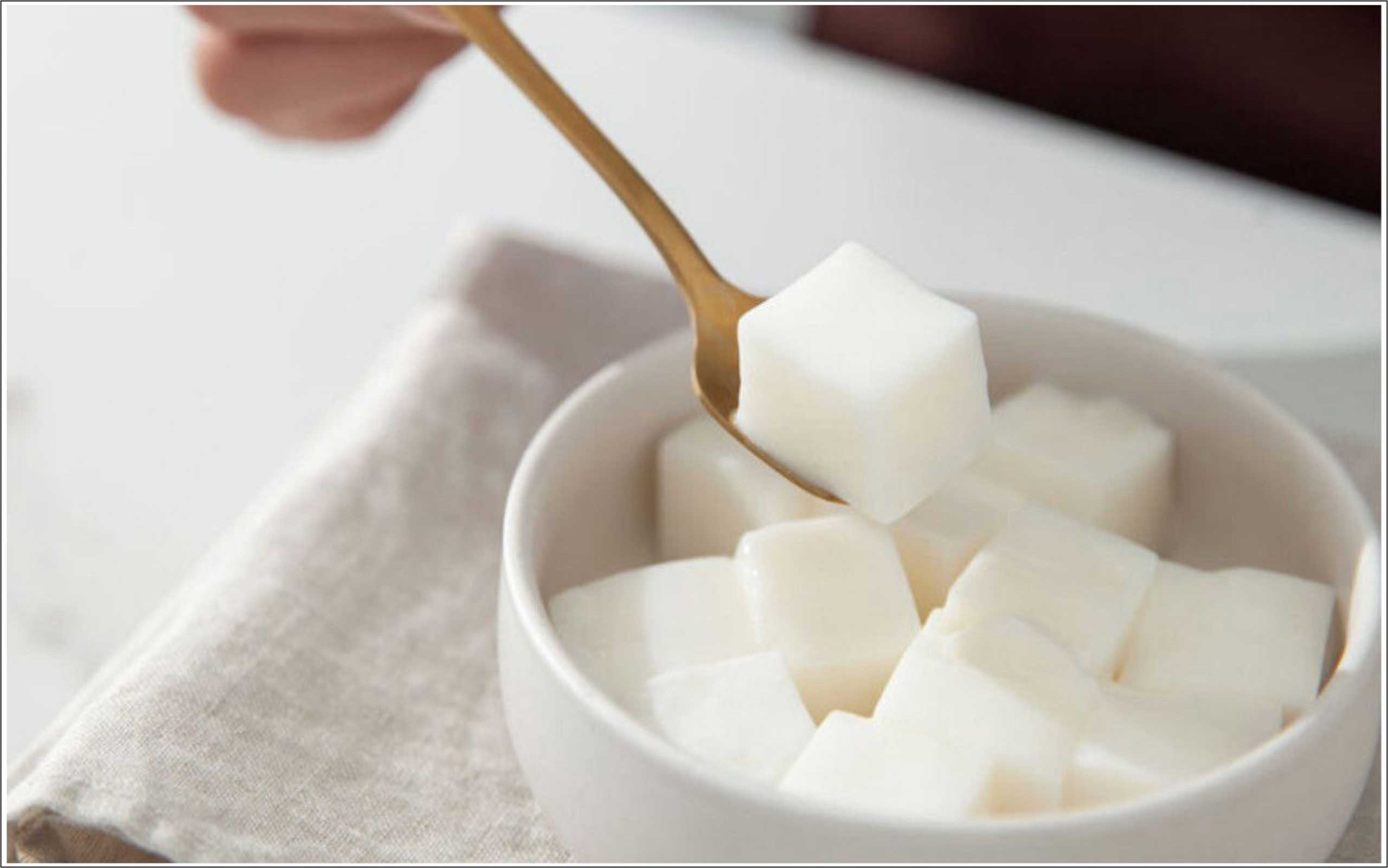
Nata de coco is a dessert that looks like jelly. Its colour is white to clear and has a chewy texture. This dish is made by fermenting coconut water and was originally made in the Philippines.
“Nata de coco” in Spanish means “cream of coconut”. The cream in question is coconut milk. The origin of the name nata de coco is Spanish because the Philippines was once a Spanish colony.
Nata seeds are Acetobacter xylinum bacteria which will be able to form nata fibers if grown in coconut water that has been enriched with carbon and nitrogen through a controlled process. In such conditions, these bacteria will produce enzymes that can arrange sugars into thousands of fiber or cellulose chains. From the millions of microorganisms that grow in the coconut water, millions of sheets of cellulose threads will be produced which finally looks solid white to transparent, which is called nata.
Acetobacter Xylinum can grow at a pH of 3.5 – 7.5, but will grow optimally if the pH is 4.3, while the ideal temperature for the growth of Acetobacter Xylinum bacteria is at a temperature of 28°–31°C. These bacteria really need oxygen.
Acetic acid or vinegar is used to lower the pH or increase the acidity of coconut water. A good acetic acid is glacial acetic acid (99.8%). Acetic acid with a low concentration can be used, but to achieve the desired acidity level of pH 4.5 – 5.5 is needed in large quantities. In addition to acetic acid, other organic and inorganic acids can be used.
Featured Product
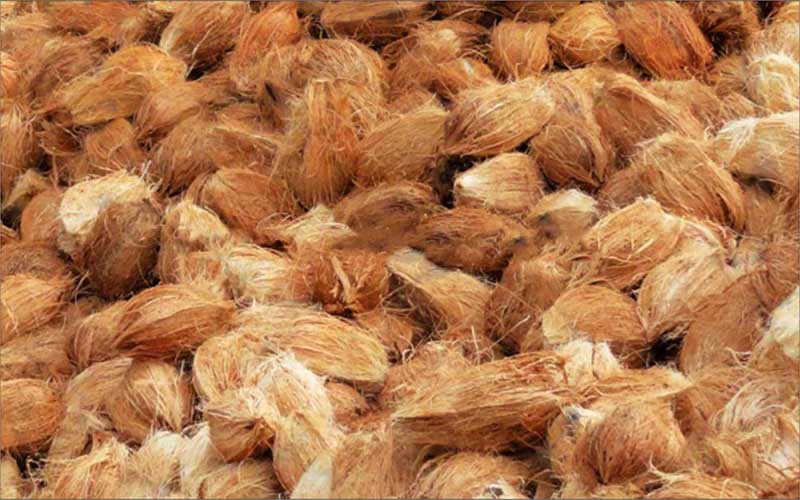
Fresh Semi Husked Coconut
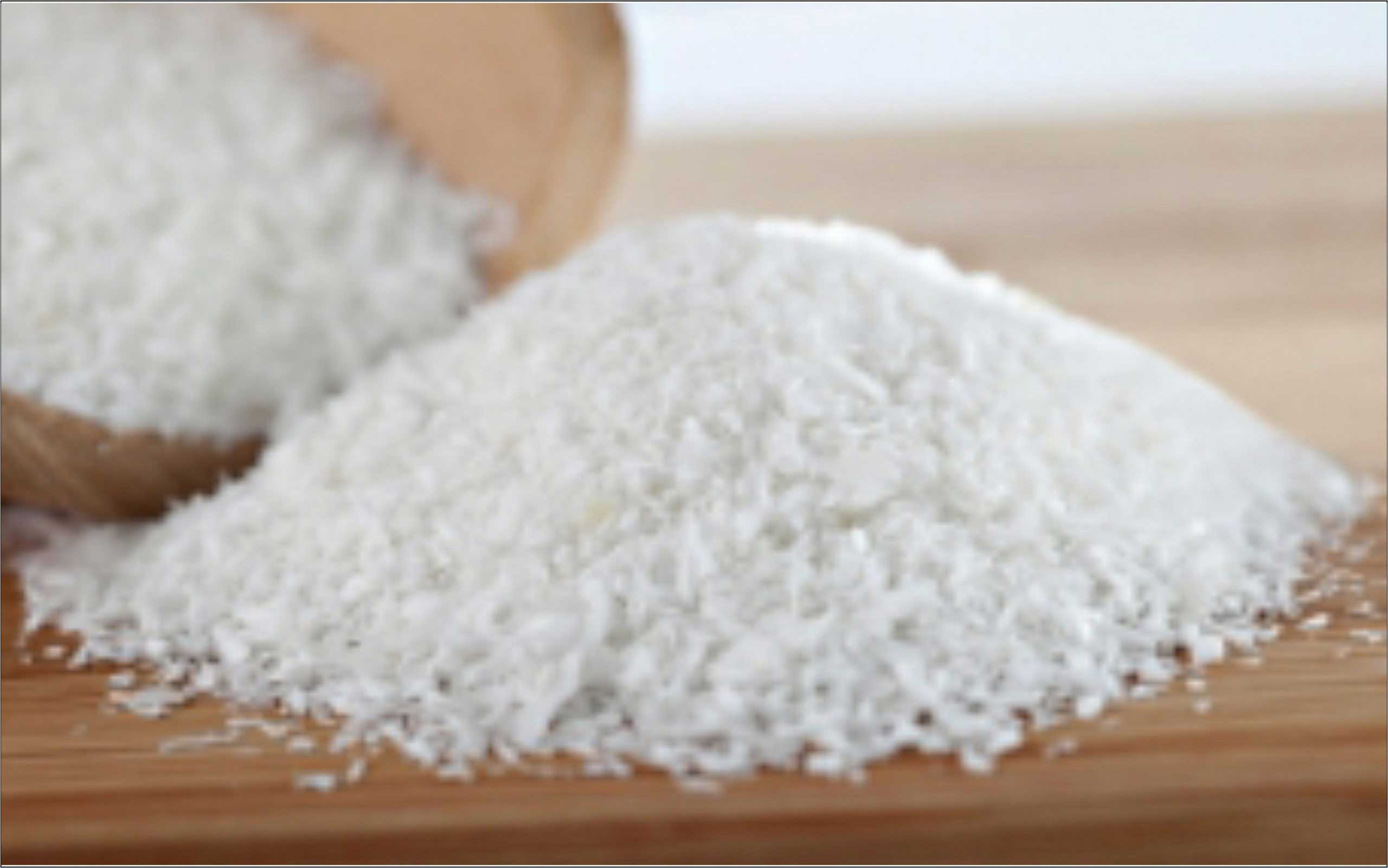
Dried Grated Coconut
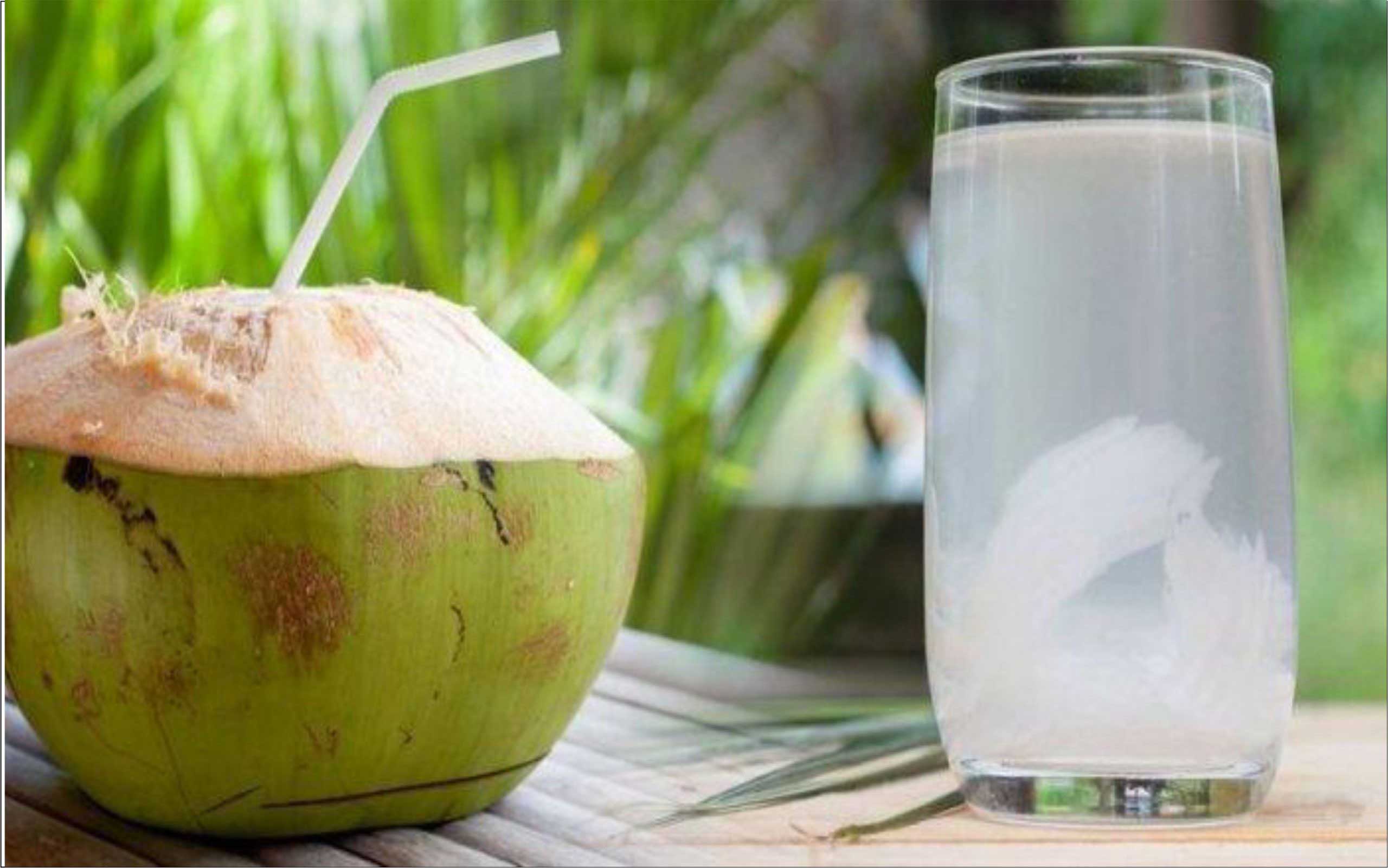
Coconut Water
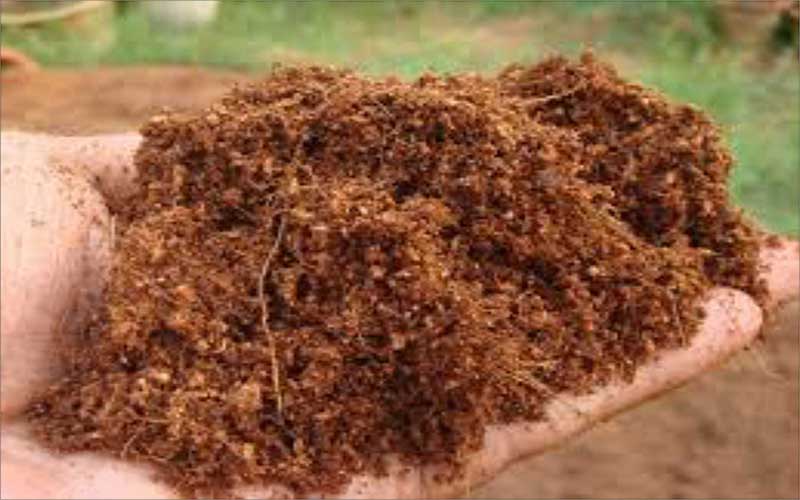
Coco Peat
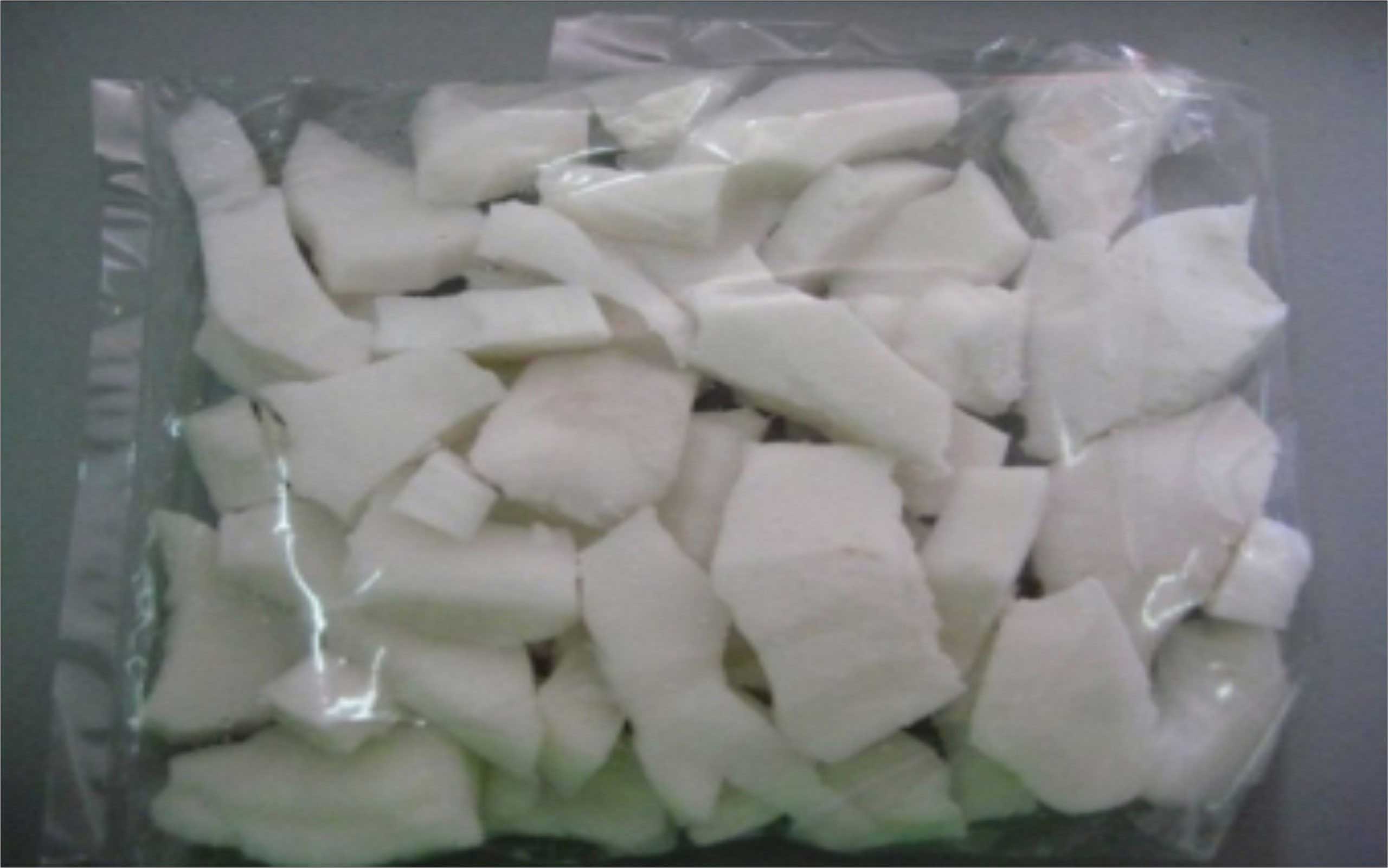
Frozen Coconut Meat

Nata de coco
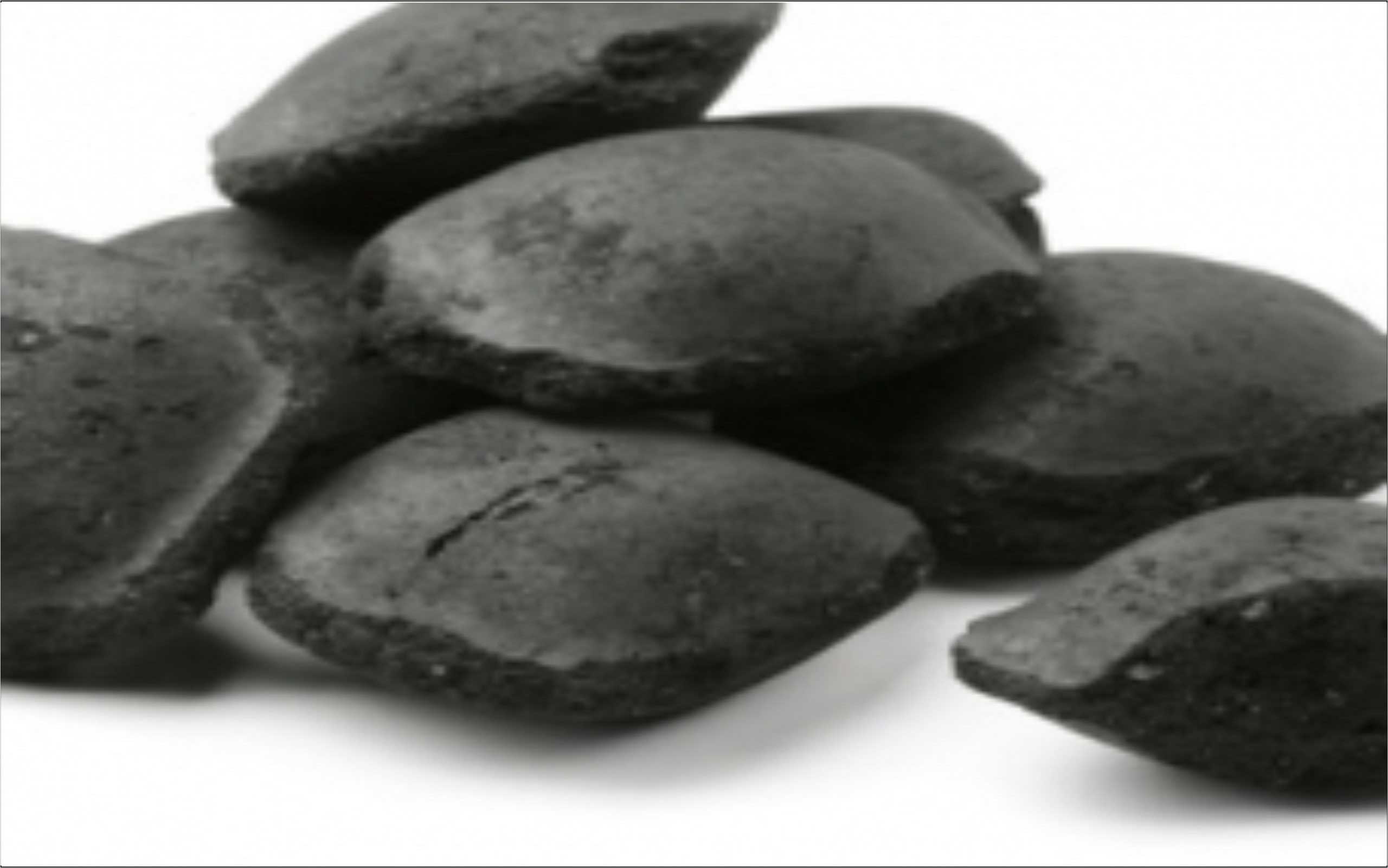
Coconut Charcoal
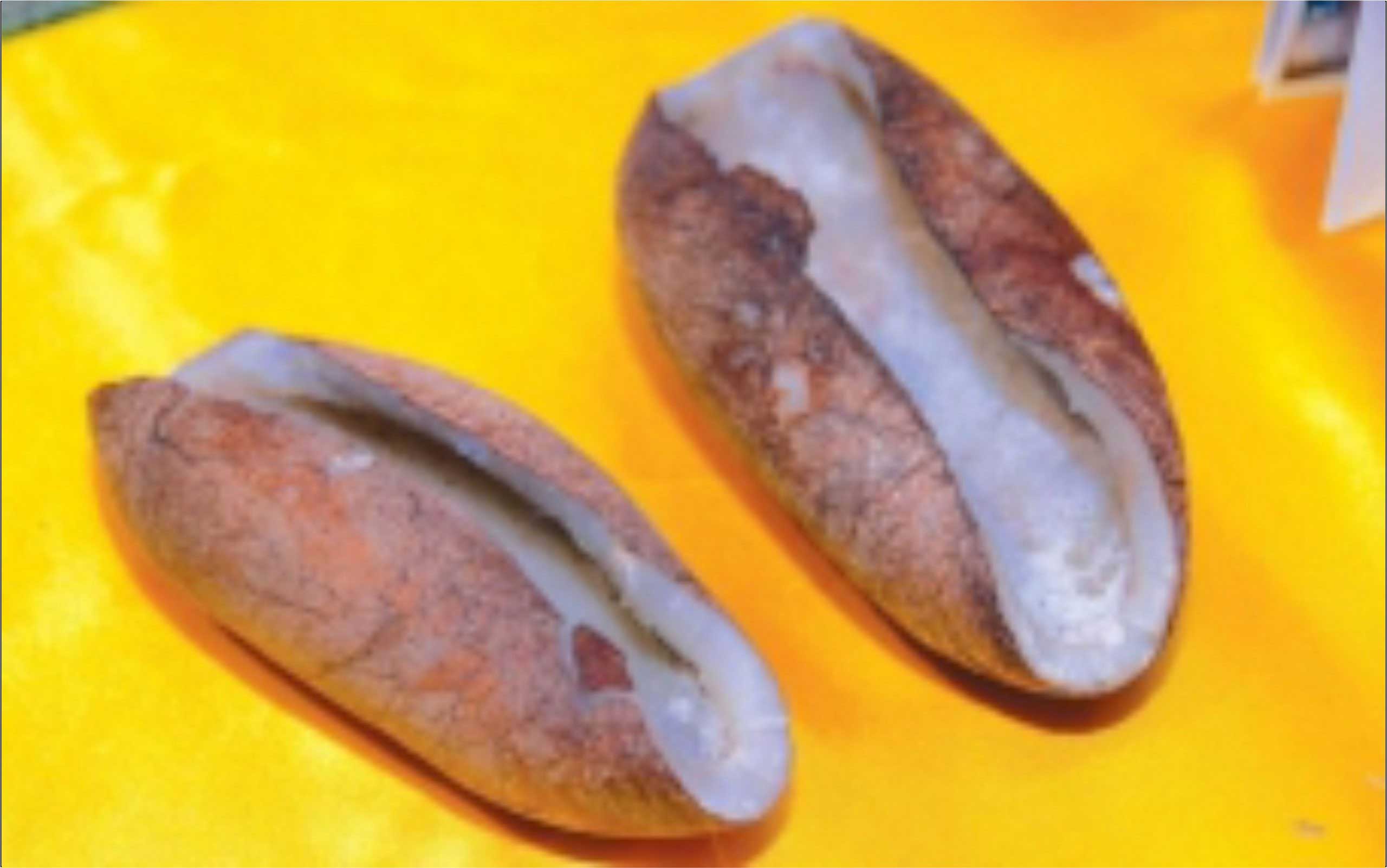
Copra
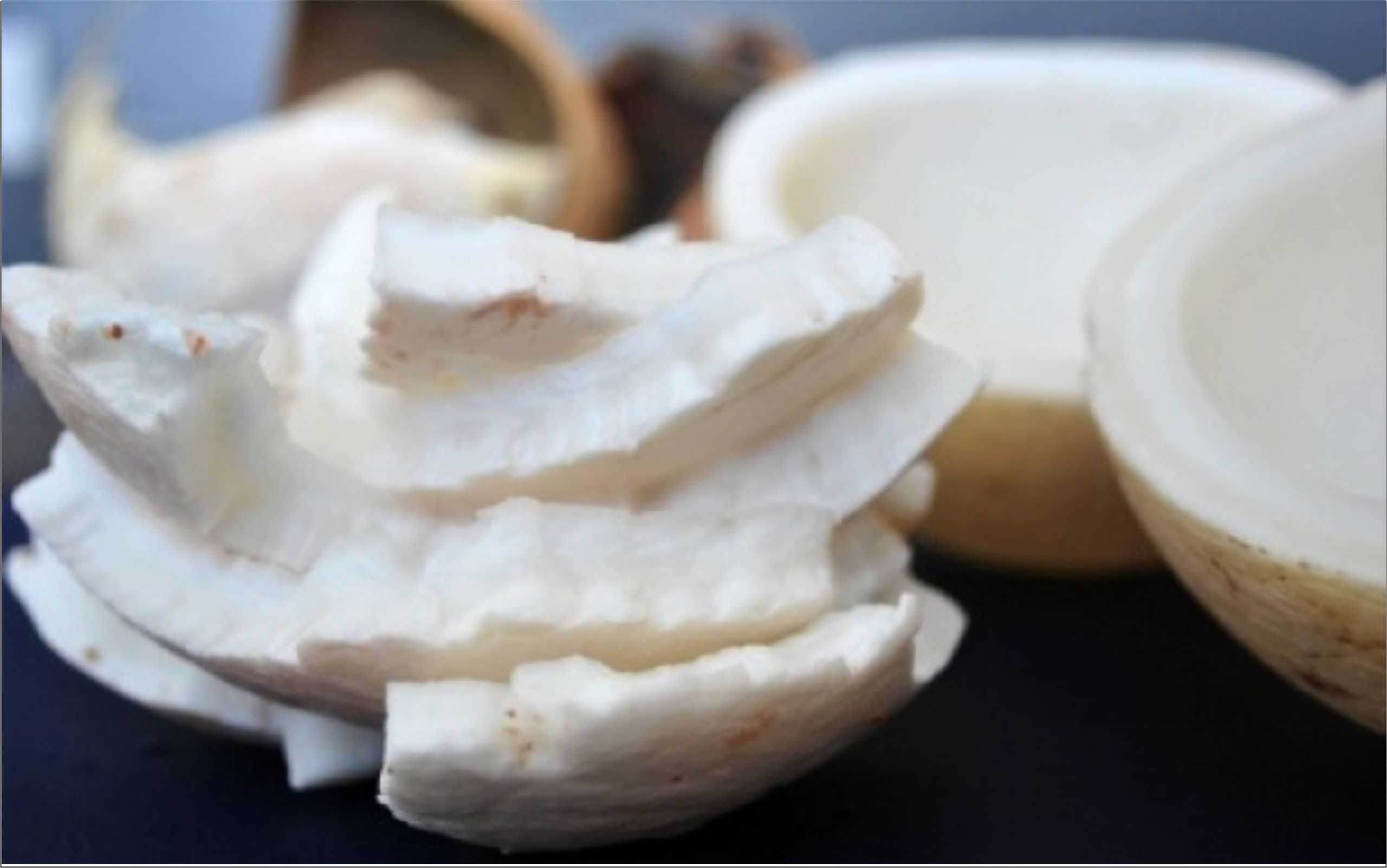
Fresh Coconut Meat
